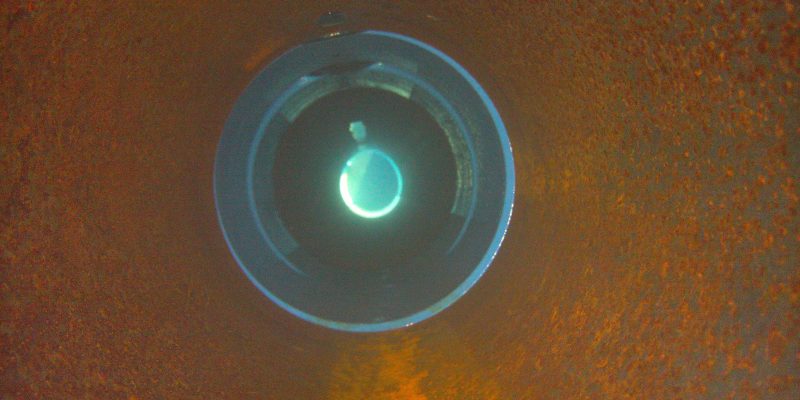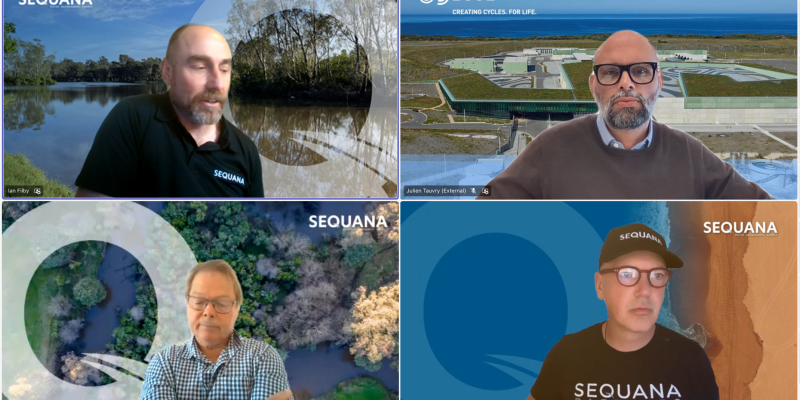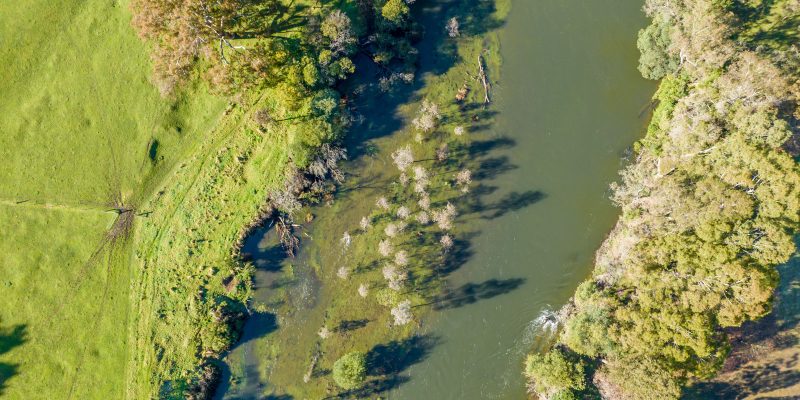It is unfair that desalination takes the knock for being an energy-hungry industry, when many other industries, such as air travel and ocean cruising are already chewing through much more energy relative to the number of people they serve.
– Gary J Crisp, Chief Engineer, Sequana
Sustainable desalination represents a holistic approach to addressing water scarcity while considering environmental and social impacts, making it a crucial solution in regions with limited freshwater resources.
The phrase sustainable desalination refers to the process of converting seawater or brackish water into freshwater while minimising the adverse environmental and social effects typically associated with conventional desalination methods.
According to Gary Crisp, Sequana’s Chief Engineer, sustainable desalination aims to address these issues by adopting more environmentally friendly and socially responsible approaches.
Desalination is climate resistant and can supply an endless future water source especially with declining rainfall and a growing population.
Seawater desalination is an excellent option for water security moving forward in Australia, so long as the renewable energy equation can be solved. Already there are state-owned, clean energy generators and retailers such as CleanCo in Queensland, who are committed to partnering with large commercial and industrial energy customers, to tailor innovative solutions to meet their individual energy requirements.
Seawater desalination, particularly in semi-arid countries like Australia, Spain, and Morrocco for example, can be the most environmentally friendly solution to water security, if it’s supported by renewable energy. Renewable energy powered seawater desalination does minimal damage to the environment, it doesn’t affect the water table and it doesn’t put dams on rivers.
A lot of people are wondering about renewable desalination, where it’s going and how it’s going to work, particularly considering the need to switch to carbon-free energy sources. One of the leading challenges faced by the desalination sector is finding ways to synchronize plants with intermittent renewable energy outputs especially for base load water supply. The biggest challenge in this regard is figuring out ways to go with the flow of renewable energy, or alternatively to store the energy.
When you look at renewable energy, there really are three key technologies, globally. One of these is traditional hydro power. Then there is solar, which clearly only works when the sun shines, if there is no energy storage. There is also wind, which can work at any time of day, but is nevertheless intermittent.
Direct connected intermittent renewable energy supplies also pose big issues for cost-effective operation and production. Desalination plants are capital intensive.
It is not just the desal industry that is beset by this. There are a lot of industries trying to achieve zero carbon. But desalination is particularly important because water security is crucial.
To meet the renewable energy challenge in the long term, the potential solution is all about storage, since renewable energy generation has diverse generation patterns spread across the grid along with diverse demands. For a 100 per cent renewable energy grid, it all comes down to storage and we need to find other means to complement this critical need for storage.
Most desalination plants in Australia currently buy green energy from the local power supplier and although sufficient renewable energy is put into the grid over the year to offset the plant’s consumption, this doesn’t mean they are powered with 100% renewables all the time.
Options, apart from batteries, include pumped storage, as well as low carbon waste-to-energy plants and, potentially, concentrated solar power (CSP) with molten salt storage.
Pumped hydro power is an attractive avenue because it can provide an instant supply of energy. But setting this up might be an issue for somewhere like Perth, which doesn’t have a lot of elevated terrain nearby. The elevated storages already in existence and in protected catchments, are used exclusively for Perth’s drinking water supplies with some supplemented with desalinated water.
Waste-to-energy plants are a good option, too. There are a couple of these being built around Perth now. These are an excellent source of low-carbon energy, as waste can be incinerated day and night.
Another potential route is concentrating solar power or CSP. We can use heliostats, big mirrors, that reflect the sunlight on to a tower, heating it to 900-plus degrees Celsius, melting salt at 650 degrees Celsius, producing molten salt-derived energy. Examples of this already exist in Spain, Morocco, USA, Chile, South Africa, and the Middle East.
Going forward, to achieve net direct energy, we must have some form of storage, but we also must not forget that there are other carbon inputs that we need to work on, which includes the reduction of embodied energy and carbon.
This is where achieving net zero becomes complex. Desalination is currently looking at the direct energy input, all the materials involved in construction. Have they been produced renewably? What are utilities doing about non-direct carbon embedded in their systems? Are RO membranes recyclable? Can we eliminate cartridge filters. These are the things being considered regarding the next round of desalination plants. Our next generation of plants are going to have to do better and look beyond the easiest carbon reductions.
Here are some key aspects of sustainable desalination:
- Renewable Energy Sources: Sustainable desalination often relies on renewable energy sources, such as solar or wind power, to generate the electricity needed for the desalination process. This reduces greenhouse gas emissions and reliance on fossil fuels.
- Energy Efficiency: Sustainable desalination technologies focus on improving energy efficiency by optimising processes and utilising advanced materials and designs to reduce energy consumption.
- Innovative Technologies: Researchers are developing innovative desalination technologies, such as forward osmosis, pressure retarded osmosis, and electrodialysis, which can be more energy-efficient and environmentally friendly compared to traditional methods.
- Zero Liquid Discharge (ZLD): ZLD is an approach that minimises the discharge of brine and other waste products into the environment. It involves recovering and reusing as much water as possible, leaving behind minimal waste.
- Environmental Impact Assessment: Sustainable desalination projects typically undergo rigorous environmental impact assessments to ensure that they do not harm local ecosystems, including marine life and coastal environments.
- Community Engagement: In sustainable desalination projects, stakeholders, including local communities and indigenous groups, are often consulted, and involved in the decision-making process to address social and cultural concerns.
- Cost Reduction: Innovations in desalination technologies and improved operational practices can help reduce the overall cost of desalinated water, making it more accessible to a broader range of communities.
- Research and Development: Ongoing research and development efforts focus on improving desalination processes, materials, and technologies to make them more sustainable over time.
- Brine Management: Managing the disposal of brine, the concentrated salt solution left behind after desalination, is a crucial aspect of sustainable desalination. Strategies include dilution and environmentally responsible disposal.
- Local Integration: Integrating desalination with other water supply sources, such as rainwater harvesting, wastewater treatment, and water recycling, can contribute to a more sustainable and resilient water supply system.
Sustainable desalination is a critical solution to address water scarcity in regions with limited freshwater resources. By prioritising environmental and social considerations, it aims to provide a more sustainable and responsible approach to meeting the growing demand for freshwater in a changing world.
One of the leading challenges faced by the desalination sector is finding ways to synchronise plants with intermittent renewable energy outputs.
And then there is nuclear energy, fission and potentially fusion!

Gary Crisp graduated from University of Pretoria as a Civil Engineer and has 43 years of water experience, 23 in desalination and water reuse. He joined Sequana in 2023 after four years at Water Corporation in Western Australia, and he is involved with a number of new and emerging Australian desalination projects.


